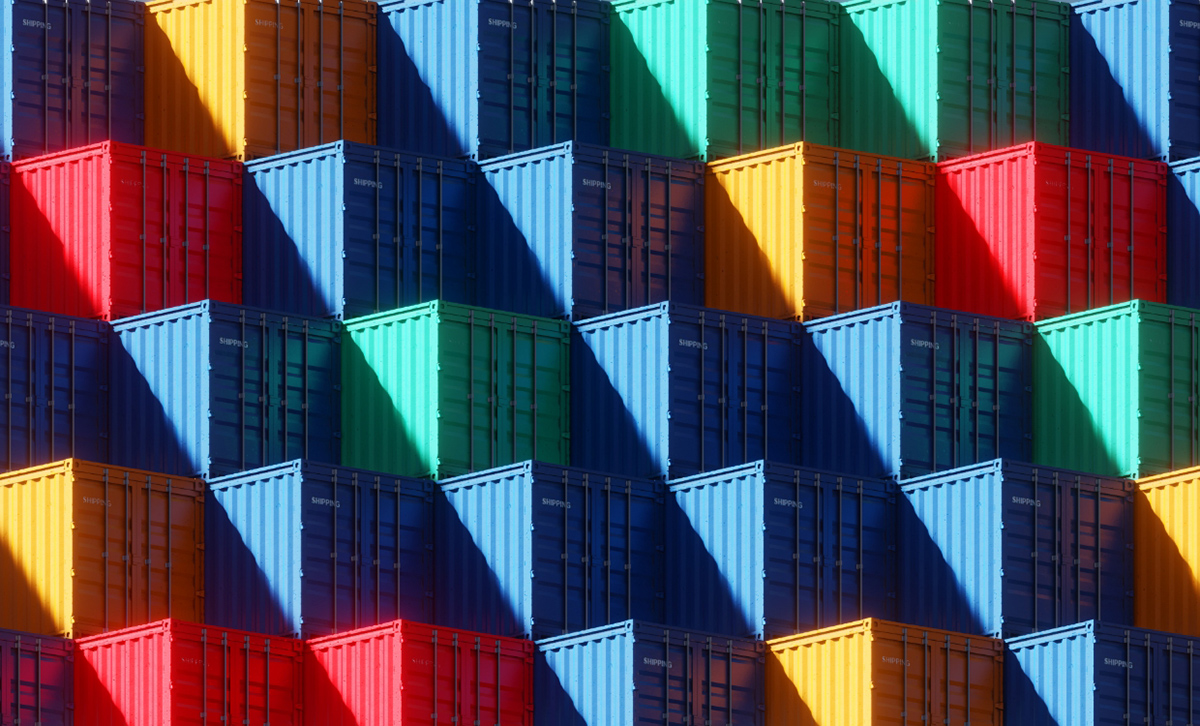
Types of Containers
Discover the different types of containers and their impact on global trade and logistics with MWT Sourcing, your ally for efficient and secure transactions.
Nearly 90% of global freight is transported by sea. Containers are at the heart of this activity, facilitating the transportation of goods across oceans. At MWT Sourcing, we assist you in selecting the most suitable maritime container for your logistical needs. Taking into account the nature of your goods, their dimensions, and their specific temperature or handling requirements, we guide you towards the most efficient and cost-effective solution. Whether it’s perishable products requiring strict temperature control or heavy and oversized equipment, our expertise ensures that your cargo reaches its destination safely and in the best conditions.
Dry Containers
Dry containers, or standard containers, are among the most widely used. They are characterized by their fully enclosed structure, including a roof, side walls, and a rigid floor, providing complete protection against the elements. These containers are used to transport a wide range of goods worldwide, offering a secure and efficient solution for shipping all types of products.
Open Top Containers
These containers, also known as open-top containers, are characterized by a removable roof that can be fully removed. This feature allows for the loading of oversized goods or those requiring top loading, such as tall machinery or heavy, bulky products, offering great adaptability for specific loading needs.
Tank Containers
These containers are made of durable steel or other corrosion-resistant materials for the transport and protection of liquids. Despite their rectangular shape, they can hold a large quantity of liquids due to their specific structure, offering a safe and reliable solution for transporting liquid products such as chemicals, oils, or food-grade liquids.
Flat Rack Containers
This type of container consists of simple structures with foldable side walls that can be collapsed to form a flat rack. This design allows for the transportation of oversized goods, such as heavy machinery, tracked vehicles, or construction materials, providing increased flexibility for atypical or bulky loads.
ISO Reefer Containers
These containers are specifically designed for the transport of perishable and temperature-sensitive goods, such as meat, fruits, and vegetables. They are equipped with integrated refrigeration systems that require an external power source to maintain a constant temperature during transport, ensuring the freshness of the products throughout the journey.
Double Door Containers
These containers are equipped with double doors that facilitate quick loading and unloading of goods. This configuration offers greater flexibility for loading bulky or cumbersome goods, such as steel and metal, allowing for efficient and practical handling of goods during transport.
Container Types FAQ
What is the difference between a dry container and a reefer container?
A dry container is used to transport dry goods that do not require specific temperature control, while a reefer container is designed with a refrigeration system to maintain a constant temperature, especially for perishable products.
How do I choose the right type of container for my products?
The selection of the container type depends on the dimensions, weight, and specific characteristics of the goods. For bulky or heavy cargo, a flat rack or open top container would be more suitable. Goods requiring controlled temperature need a reefer container.
What are the standard dimensions of a maritime container?
Dimensions vary depending on the container type. A standard dry container often has a length of 20 or 40 feet, with standardized heights and widths. High cube containers offer additional height for more storage space.
Can liquids be transported in maritime containers?
For the transport of liquids, tank containers are used, which are watertight and specifically designed for liquids. They ensure the safety and integrity of liquid products during maritime transport.
Are there containers for transporting hazardous goods?
Yes, certain categories of containers are specifically modified for the safe transport of hazardous goods, complying with international standards and regulations specific to this type of cargo. These containers are equipped to prevent fire risks, leaks, or other dangers associated with the transport of hazardous substances.
How does MWT Sourcing assist in choosing the right container?
MWT Sourcing evaluates your specific transport and goods needs to recommend the most suitable container type, ensuring an efficient and secure transport solution. This personalized approach guarantees that your products reach their destination in the best conditions.
What is the maximum load capacity of a container?
The load capacity varies depending on the container type and size. Standard dry containers can generally transport between 28 and 30 tons. The specific capacity should be checked according to the container type used to ensure compliance with safety standards.
Are containers secure for international maritime transport?
Absolutely, all types of maritime containers are designed to be watertight and secure, with robust locking systems to protect goods against weather and tampering during transport.
Does MWT Sourcing offer loading and unloading services?
Yes, MWT Sourcing provides comprehensive services, including loading and unloading containers. We ensure that all goods are handled with care and professionalism to guarantee seamless transport of your cargo.
How does MWT Sourcing ensure compliance with international transport standards?
We work only with reliable transport partners who comply with international regulations. We ensure that all containers and goods meet ISO standards and legal requirements for safe and compliant transport.
What support does MWT Sourcing offer for logistics and container tracking?
MWT Sourcing provides comprehensive logistical support, including real-time container tracking, managing necessary shipping and customs documentation, and continuous assistance to ensure your shipment reaches its destination smoothly.
